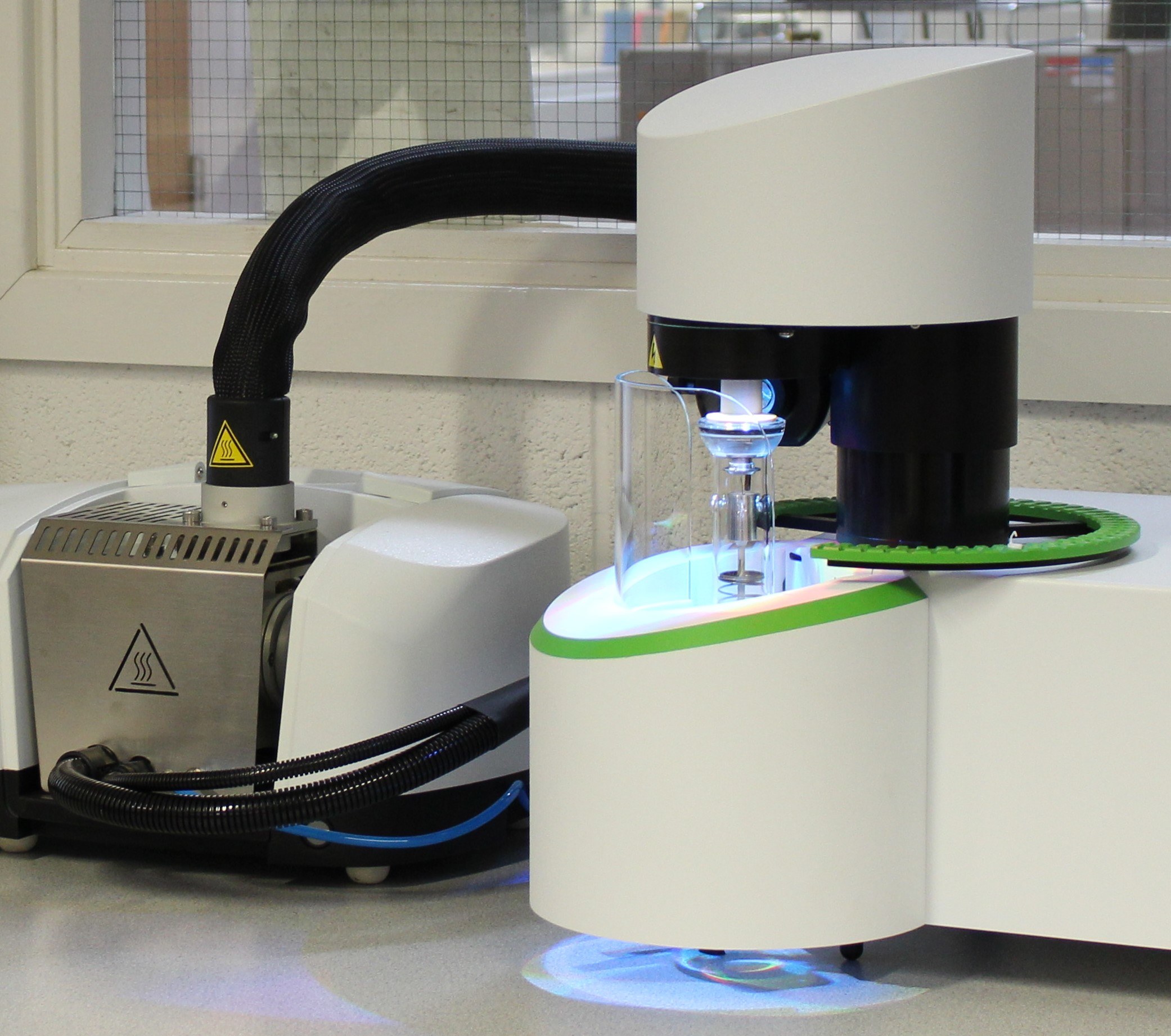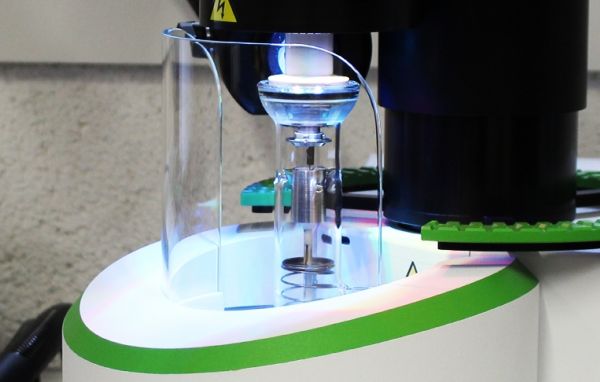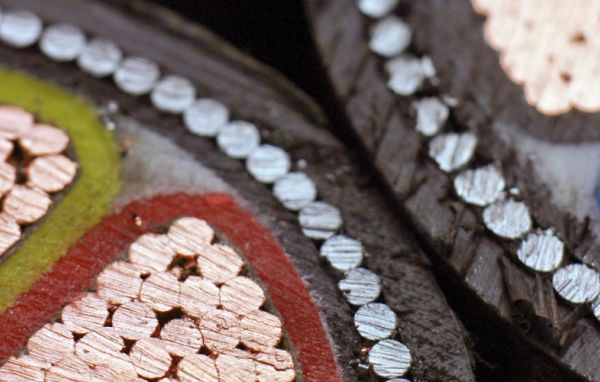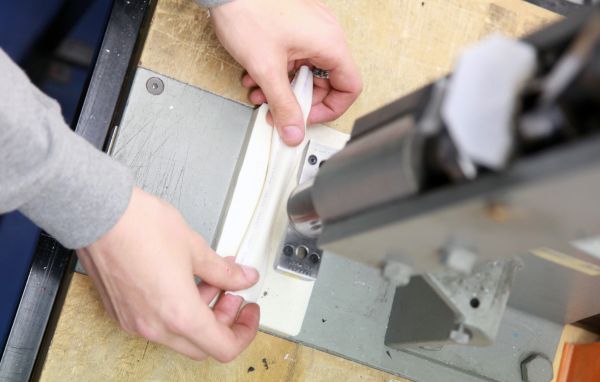How shortages of polymer materials impact cable quality
Read how disruptions to supply of polymer materials used in cable products can affect cable quality and performance. Gain an insight into analytical techniques, such as TGA and FTIR Analysis, used to closely monitor cable compounds to ensure maintained levels of quality.
Polymer supply chain challenges
Unparalleled production and trading disruptions since 2020 continues to put considerable strain on the supply chain. Polymer materials used in cable compounds to produce insulation and sheathing are in huge demand and subsequently the market is experiencing material shortages such as PVC (polyvinyl chloride), PE (polyethylene), PP (polypropylene) and PA (polyamides). Understanding these pressures and paying close attention to the pinch-points across the whole supply chain can prove a challenge for cable manufacturers.
Any changes in the cable’s construction including the materials used in the outer sheathing, insulation and shielding are vitally important to check to ensure optimum performance and that the product can be installed into projects safely and easily. PVC is typically chosen for cable insulation as it tends to be cost effective and is relatively easy to work with. However, with rising costs of raw materials increasing across numerous industries, manufacturers may be tempted to alter a cable construction to save on costs, which could pose a risk to the cable quality and performance. Most cable insulation is polymeric, either polyethylene (PE) or ethylene propylene rubber (EPR). The majority of modern PE is cross-linked (XLPE). Almost all polymeric insulation compounds have proprietary additives to improve their expected life, and so even slight changes to this compound formula can have a dramatic effect on the insulation performance.
Other critical factors relating to cable insulation and sheathing include the environmental conditions and voltage load that the cable is required to transmit. If a cable is exposed to extreme weather conditions such as hot or cold temperatures, water, chemical substances or abrasion, the polymer used in the cable insulation and sheathing must be durable enough to withstand the conditions and maintain performance. Likewise, certain materials are able to handle higher currents and speeds. A substitution of materials could mean the cable would fail performance tests and therefore not be compliant with the relevant British, European or International standards, putting safety at risk.
Specific assessments to measure the suitability of cable insulating and sheathing materials include tensile strength and elongation at break testing. Testing is not only conducted on samples of materials as manufactured but also after having elevated temperature conditioning to simulate several years of usage. A change or reduction to the polymer construction of a cable could cause the sheathing or insulation to break more easily which could prove costly once installed. A water absorption test determines the performance of a cable once immersed in water for an extended period of time, whereby a change to the polymer could weaken the cable structure and contaminate the insulation material.
TGA and FTIR cable analysis
Analytical techniques are used to characterise the material composition of cables and highlight any changes in the polymers used in the cable construction. BASEC undertakes thermogravimetric analysis (TGA), a specialist thermal investigation tool, to assess the changes in polymer material and identify chemical decomposition patterns. In combination with this assessment there is a Fourier Infrared (FTIR) analysis tool which creates a unique ‘fingerprint’ record and determines the chemical properties of each cable sample. These two analytical techniques are used to ensure cable compounds are consistent, as part of product certification ongoing surveillance and should a sample tested at the BASEC laboratory contain a modified compound, testing is put on hold and the manufacturer notified of any material changes and subsequent corrective actions for compliance and maintaining their BASEC certificate.
Raw material fingerprinting with TGA/FTIR analysis forms a key part of BASEC’s quality control checks and market surveillance to ensure consistent material quality throughout the cable certification cycle. BASEC performs cable testing and test sample preparation in its laboratory for independent third-party verification and compliance.

Summary
Polymers used in cable compounds must be closely monitored throughout the supply chain to ensure consistent levels of quality, enabling the end product to be able to perform safely and efficiently. Shortages in materials such as polymers impacts cable production and can lead to alternative materials being sourced and ultimately affecting cable performance. The BASEC laboratory assesses each cable sample that is tested within the facility to understand the molecular structure and determine any variations in the construction.
BASEC undertakes rigorous ongoing surveillance testing to closely monitor factors such as polymers used in cable constructions. Up to 150 cable samples are taken per year per product approval dependant on the standard and production quantity. All cable samples received into the BASEC laboratory facilities undergo a TGA analysis to assess the polymer properties and compare the materials against previous samples. Additional in-depth testing services are also available including identification of plasticisers, weight loss, derivative and chemical contamination assessment. Two routine audits are also carried out annually as well as an unannounced visit to provide peace of mind to contractors, distributors and electrical installers that BASEC approved cables are fit purpose.
Find out more about TGA and FTIR cable testing services with BASEC here or contact a member of the team to discuss your requirements further.




